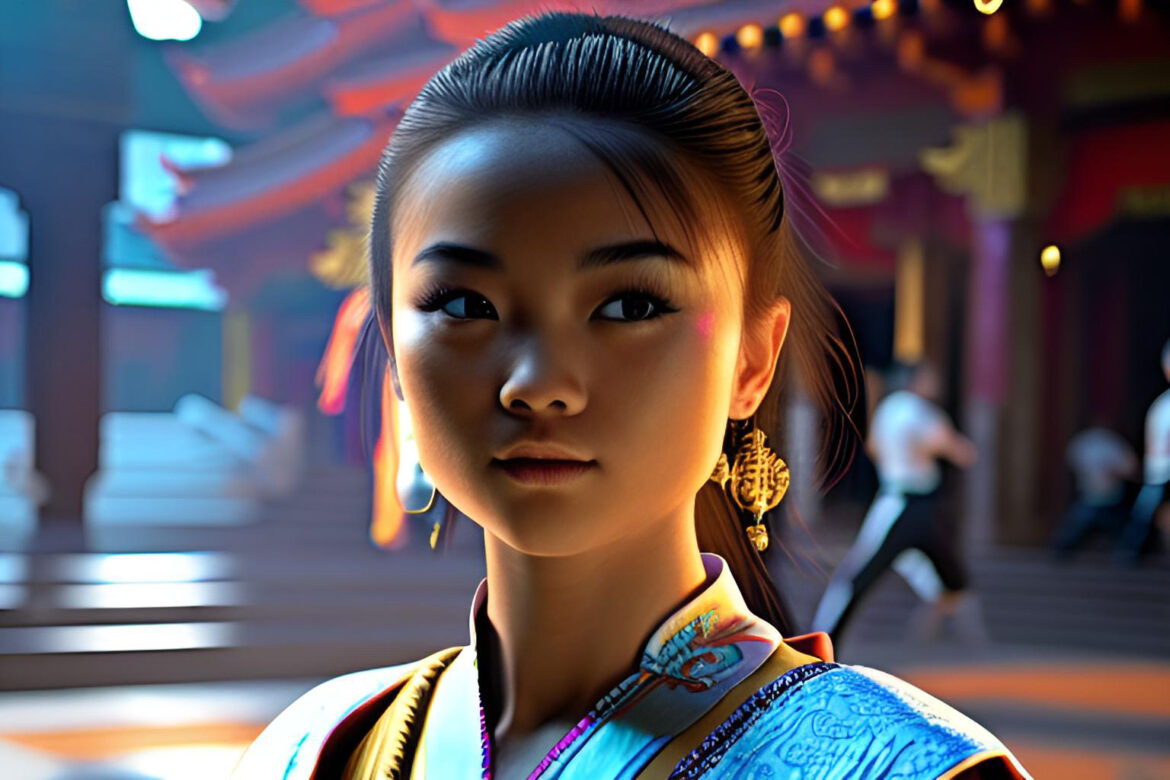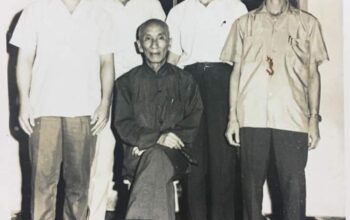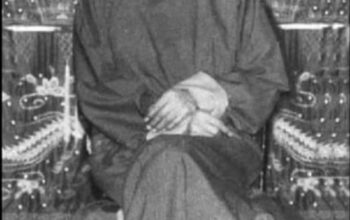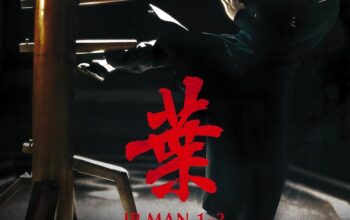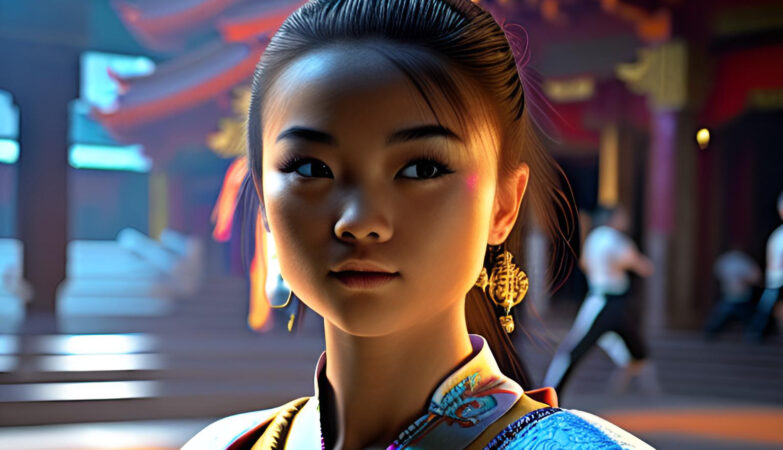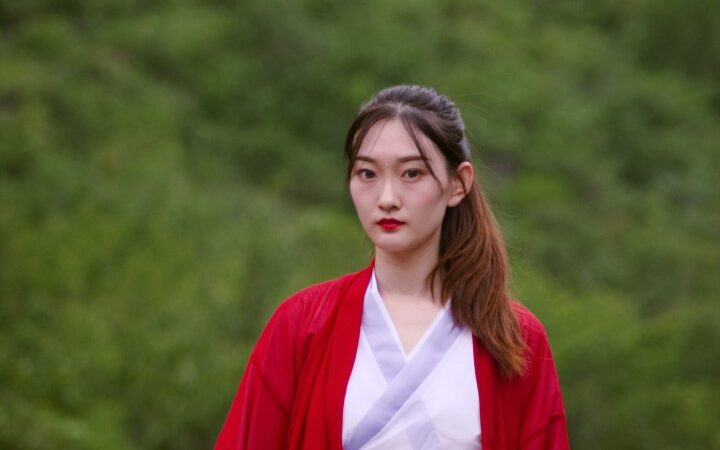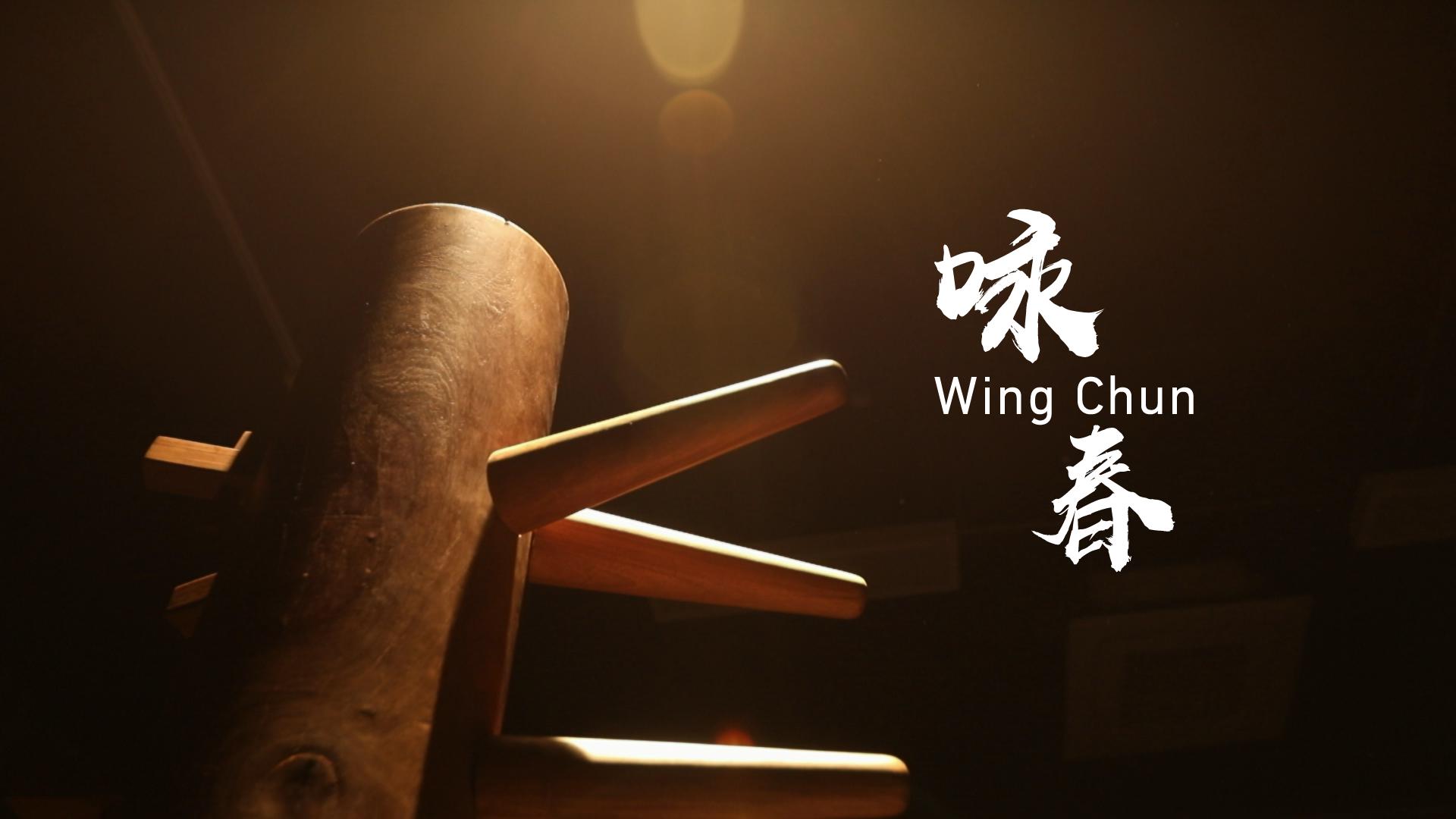Who is the Founder of Wing Chun? Unraveling the Legend Behind the Art
Wing Chun, the highly regarded Chinese martial art, has captivated practitioners and enthusiasts around the world for its efficiency, practicality, and unique approach to combat. As with many ancient arts, the origins of Wing Chun are shrouded in legend and folklore. While the exact details may remain elusive, the art is commonly attributed to a remarkable woman named Yim Wing Chun.
According to the prevailing legend, Yim Wing Chun lived during the 17th century in the turbulent era of the Qing Dynasty. The story goes that Yim Wing Chun, a young woman from Southern China, found herself pursued by a local warlord who insisted on marrying her against her will. Determined to protect her autonomy, Yim sought the guidance of a Buddhist nun named Ng Mui.
Ng Mui, a master of martial arts and one of the Five Elders who survived the destruction of the Shaolin Temple, took Yim Wing Chun under her wing. Recognizing the need for a martial art that could empower individuals of smaller stature, Ng Mui developed a system that would become known as Wing Chun. She tailored it to suit Yim Wing Chun’s physical attributes, teaching her techniques rooted in efficiency, directness, and economy of movement.
The name “Wing Chun” itself is said to be derived from Yim Wing Chun’s name as a tribute to the art’s first adept. However, it is worth noting that historical records supporting this particular account are scarce, and the legend has been passed down through oral tradition for centuries.
While the legend attributes the founding of Wing Chun primarily to Yim Wing Chun, it is important to acknowledge that martial arts, including Wing Chun, evolve over time through the contributions and refinements of numerous practitioners. The art of Wing Chun, as it exists today, has been shaped by the insights, experiences, and expertise of generations of dedicated practitioners and instructors.
Moreover, the origins of Wing Chun are not limited to a single individual. The art encompasses influences from various sources, including the principles and techniques of the Shaolin Temple, other martial arts styles prevalent in the region, and the collective knowledge of its practitioners. Over time, different lineages and variations of Wing Chun have emerged, each adding its own interpretations and refinements to the art.
As with many ancient practices, the historical accuracy of the legend surrounding the founder of Wing Chun remains a topic of debate and speculation. It is essential to approach the legend with a critical mindset and recognize that historical documentation from that era is often scarce or unreliable. Nevertheless, the legend of Yim Wing Chun and Ng Mui has become an integral part of the folklore and tradition surrounding Wing Chun, contributing to its rich cultural heritage.
In conclusion, while the exact historical details may be elusive, the widely accepted legend attributes the founding of Wing Chun to Yim Wing Chun, a young woman who sought to protect her autonomy and learn the art of self-defense. Under the guidance of the revered Buddhist nun Ng Mui, Yim Wing Chun became the first adept of the system that would bear her name. However, it is important to acknowledge that Wing Chun, like any living art, has evolved over time through the contributions of numerous practitioners and instructors. Regardless of the historical accuracy of the legend, the art of Wing Chun continues to thrive, captivating martial artists worldwide with its simplicity, efficiency, and effectiveness in close-quarters combat.
